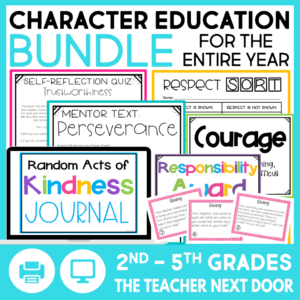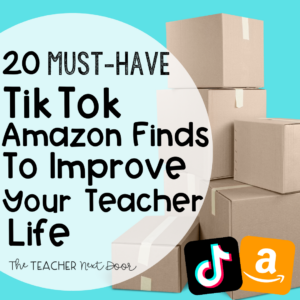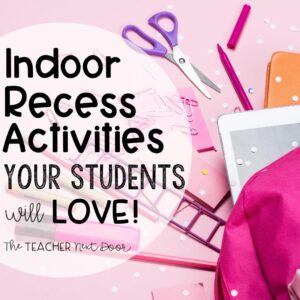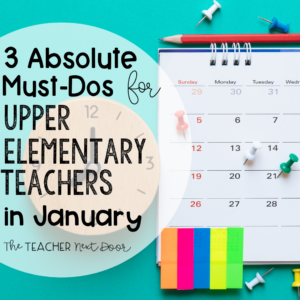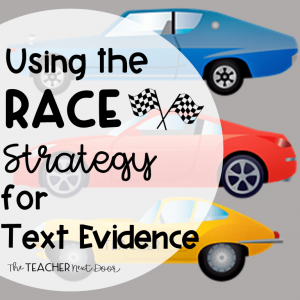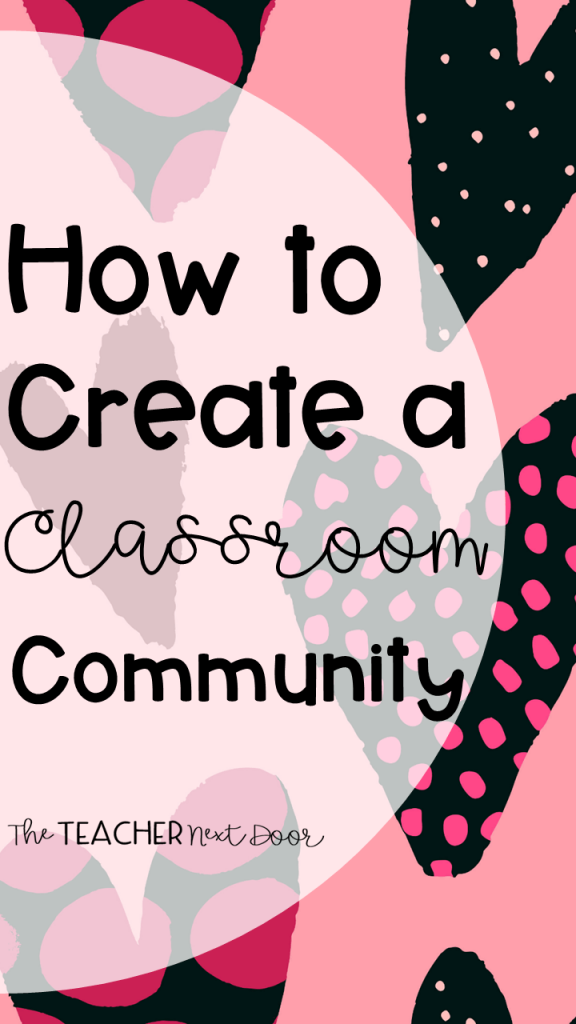
Here we go again… A new school year and a new set of kids…Time to start working on creating a classroom community.
So what exactly do you do, as a teacher to create the kind of classroom where kids feel safe, connected, and valued? Here are a few ideas to get you started:
1. Getting to Know Your Students
When I get ready for the new school year in the summer, one of the things I always do is to copy the yearbook…no, not the whole thing, but just the classes that feed into mine. This year I’m teaching 4th and 5th grades, so I copied last year’s 3rd and 4th grade classes. After highlighting the kids who’ll be in my class, I memorize names and faces. On the first day before kids walk into the classroom, I know each of their names and can call on them by name.
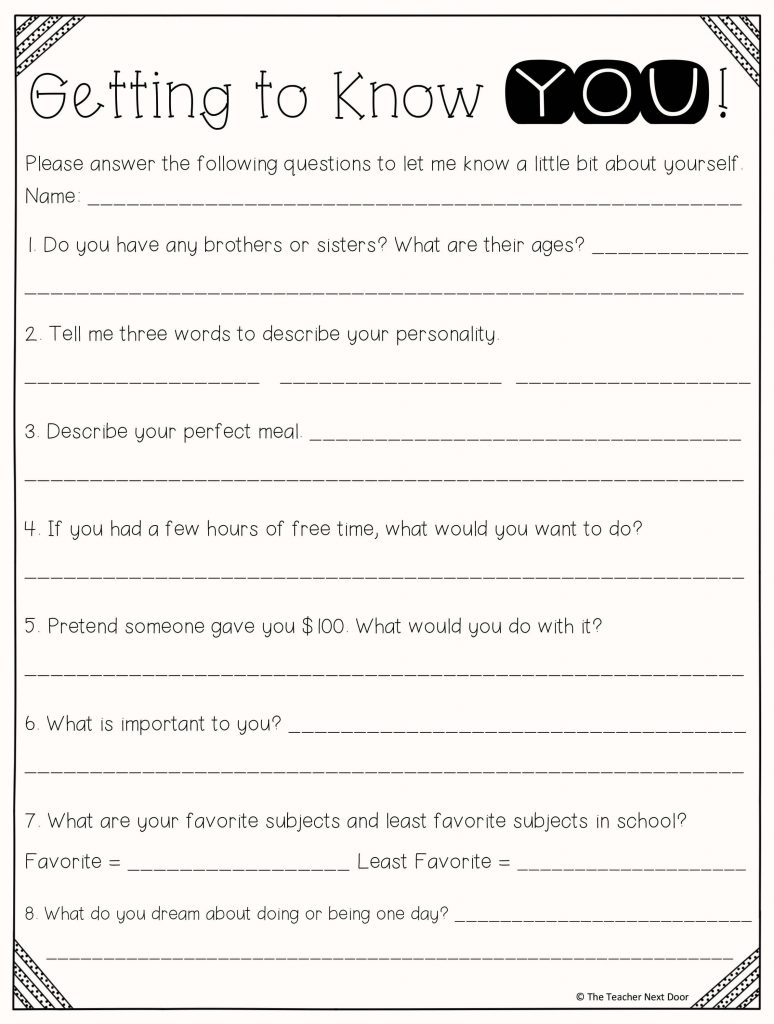
Another thing I like to do is to have the kids fill out a questionnaire about themselves. This handout is on their desks to complete first thing. Not only do I get to know the kids better, but it helps me know the kinds of subjects I might want to integrate into word problems for math or paragraph examples for writing lessons. The more you can engage students, the better.
To download this FREE Getting to Know You handout, click here.
2. Teacher Behavior
Teachers are all different, but no matter what our teaching styles or personalities are, all teachers can engage in specific behaviors that will create a stronger classroom community by making each student feel connected.
Connecting with students each day doesn’t happen magically…it takes conscious effort…much like losing weight, I guess (ugh). One of the things I purposefully do is to try to interact with each child every single day.
Sometimes we can get so caught up in teaching to the whole group, we lose sight of the fact that the whole group is made up of individuals…kind of weird to say it outright but I think in the fast-paced, no time to even catch our breath school setting, it can happen.
These mini-connections that we make can mean a lot. Asking a child about their weekend or a sport that they’re playing in is a simple way to connect. Complimenting their new shoes or their great effort or behavior, when it’s done in a genuine way, can be meaningful.
Even checking in with them while you walk around the room with an “Are you doing okay?” or “How’s it going?” during independent work time is another connection point.
3. Morning Meetings
In our class, I like to have morning meetings. For Morning Meetings, I have the kids gather in our Meeting Area, which is a cozy corner of the room with a sofa and two chairs, and a few throw pillows. I assign these in connection with the classroom helpers, so everyone gets a fair turn and there’s no conflict about who gets to sit where.
We start with “News of the Day” which is a grown-up version of “Show and Tell”… Kids can share one or two sentences (no items) about anything they’d like to share with the class…well almost anything. I do have a few rules: A. No talking about dreams (very boring) B. No talking about video games ( if we’re not playing them, we just don’t really care!) and C. No talking about your cousin’s, neighbor’s sister’s aunt (too far removed).
After News of the Day, we do some kind of activity.
Usually, we focus on a Character Counts trait, and I read a related book, we do a role-playing activity or we play a quick game to reinforce character counts traits.
Here is my entire year Character Education Kit, if you’re looking for a very complete unit that’s loaded with Social-Emotional Learning and ready to go ideas and materials!
I wrote a detailed blog post about how I do morning meetings if you’d like to read more about them here: Morning Meeting Blog Post.
4. Class Meetings
Class Meetings are different from Morning Meetings but they also help build our community. We hold Classroom Meetings on Fridays, and these are problem-solving times. I teach the kids conflict resolution strategies, which are skills that they can use not only in the classroom but in their everyday lives. First kids give each other compliments (about behavior, not appearances). They use the words “I’d like to thank _ for _“. The person complimented says “Thank you”.
Then we go over items on the class agenda. Our agenda is a small bucket that has a lid and kids write down any problems that they can’t solve on a small piece of paper, along with their name. I ask if the child has gone through “all of the steps” (see poster for one conflict resolution list).
If not, I tell them that we can’t talk about it then and to go through the steps and write it on next week’s agenda if it’s still a problem. If they have done all of the steps, we listen to both sides of the story and then ask the class to brainstorm ideas for solutions that might help the kids involved. After brainstorming ideas, the class votes on their favorite solution, and the kids are asked to try it for a week.
These Class Meetings center not on blame/shame, but what can we do to make our classroom better and how can we do that as a “team”.
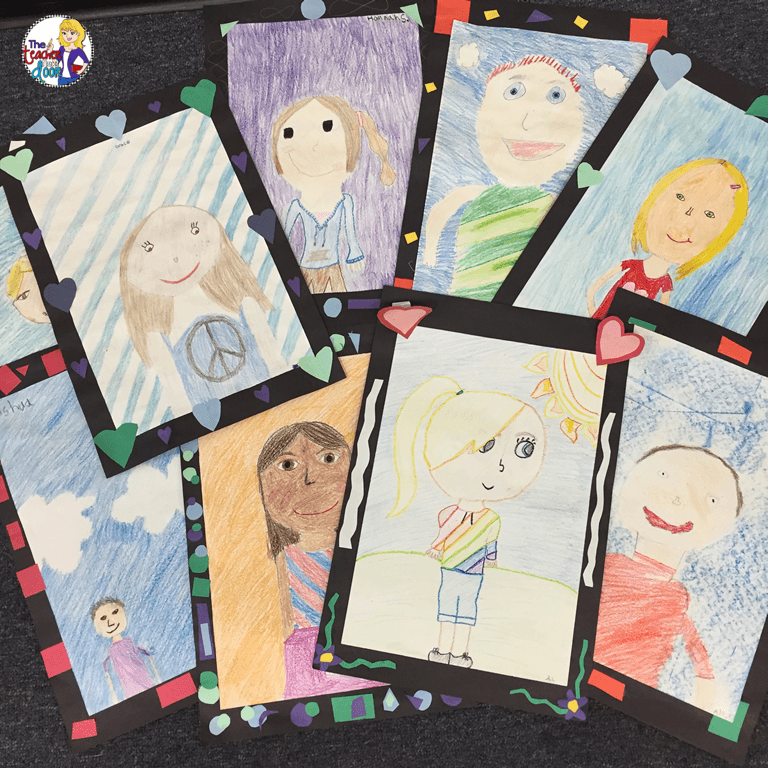
5. The Classroom Itself
How can your physical classroom help build a more connected community? First, look at your bulletin boards… How are they worded? By simply adding the word “Our” or “We” where appropriate, you are communicating ownership. These are “our” ocean paintings, or these are “our” book reports. Little change of course, but it speaks volumes.
Another way to personalize your classroom is to make self-portraits, like the ones above. I have the kids do these in the first few days of school and hang them as a border around the room (near the ceiling), We leave them up until the last few days of school and even though it’s silly, I always feel a bit sad when we take them down. They symbolize that the classroom is OURS and we have marked it with our pictures.
The world is a crazy place…families are not always what we hope they would be…and yet kids still need a stable place where they can feel valued and connected. They need a home away from home. We can create places like that in our classrooms. All it takes is a teacher with a vision who makes it happen.
What kinds of things do you like to do in your classroom to build a sense of community?
Thanks so much for stopping by!


